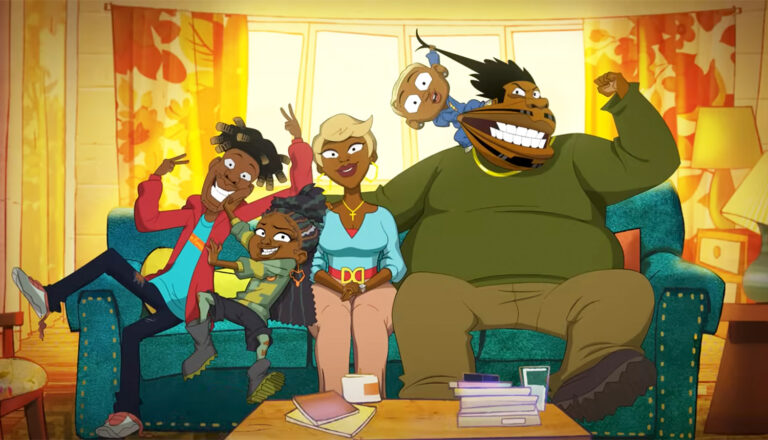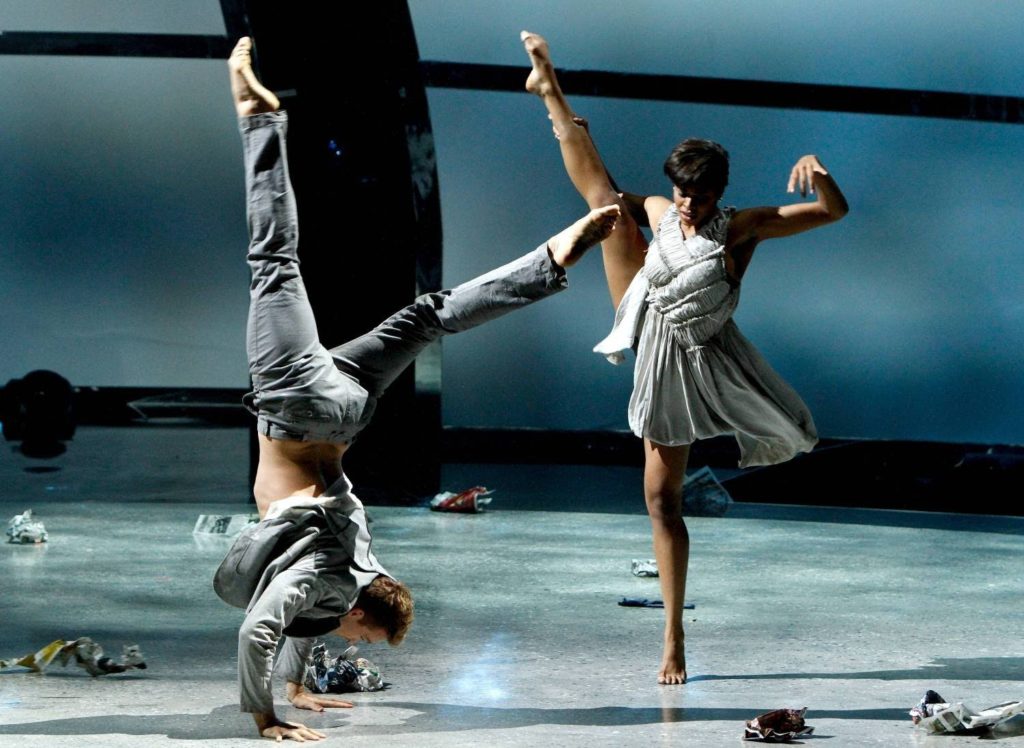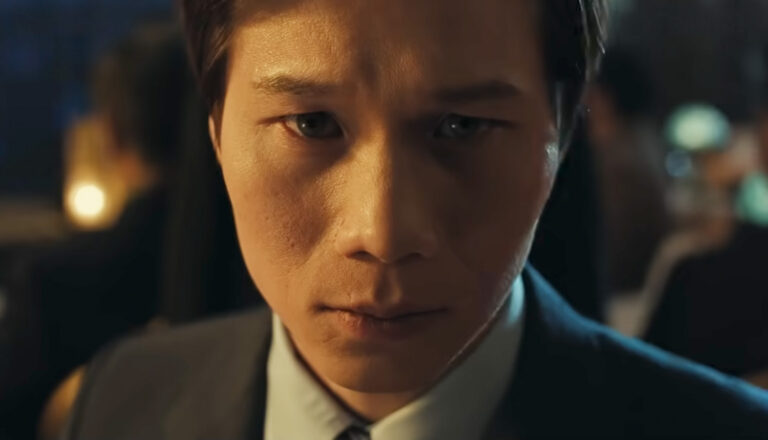
Good Times
Netflix takes a classic sitcom, Good Times, and turns it into a vulgar, violent, sexually-charged TV-MA show.

In 2005, a new front in prime-time’s reality-competition war was opened: dance. On opposite sides were Dancing With the Stars (on ABC) and So You Think You Can Dance (on Fox). But despite the two series’ superficial similarities—both obviously focus on dancing—So You Think You Can Dance arguably has more in common with American Idol than it does with Dancing With the Stars. Whereas ABC’s show pairs spotlight-seeking celebrities with professional dancers in a ballroom-style competition, So You Think You Can Dance scours America for mostly undiscovered hoofers … who want to become spotlight-seeking celebrities.
Early episodes each season involve the show’s panel of three (or sometimes four) judges overseeing preliminary auditions. The field is quickly whittled down to 20 finalists who move on to Las Vegas and must there perform a variety of different dance styles, both solo and with other dancers, to stay alive in the competition. Viewers’ votes combine with the judges’ assessments to determine who does the happy dance and who shuffles off the stage.
Chief among the judges is the show’s executive producer and co-creator, Nigel Lythgoe (who also helped launch American Idol). A former dancer and choreographer himself before moving into film and television producing, Lythgoe plays the now almost trite role of the blunt Brit. Joining him is one other permanent judge as well as a revolving door of celebrity guest judges. Permanent judges (which, despite the title, don’t usually last for more than two or three seasons) have included Mary Murhpy, Adam Shankman and Mia Michaels. Guest judges have included Lady Gaga, Ellen DeGeneres, Neil Patrick Harris, Katie Holmes, Megan Mullally and Kristen Chenoweth.
As is so often the case on American Idol, So You Think You Can Dance can vacillate jarringly between tear-jerking inspiration and unexpectedly racy content. Participants frequently share stories of overcoming adversity en route to participating on the show, for example. Then there are performers who are eager to share entirely too much—as in, say, shedding all of their clothes—in a risqué effort to stand out from the crowd. (Such scenes are shown in censored fashion.)
The dancing itself shifts back and forth across a similar continuum. Many contestants exhibit beautiful, jaw-dropping technical ability as they engage in just about every dance style you’ve ever heard of (and a few that you haven’t), from ballet, ballroom and jazz to contemporary, hip-hop and club. Frequently, though, there’s an undeniably sensual element involved, whether it’s contestants’ penchant for skimpy, clingy outfits or the suggestive, sometimes overtly sexual (dubbed “dirty” by a judge in Season 9) nature of the dancing itself.
“Auditions #2”
Inspiring moments include the story of brother and sister dancers who survived a horrible car accident just before the audition. Hospital photos show him bloodied and in a coma. Another hard-luck tale involves a teen whose mother disowned her, prompting a judge to say, “I’m praying to God that your family will come around.”
Lythgoe tells contestants he doesn’t want to see any “bootie shaking,” which prompts guest judge Jessie Tyler Ferguson (from Modern Family) to say, “I wanna see bootie shaking. I want to see you feeling yourself up.” And, clearly, Lythgoe was joking anyway, because when a male contestant removes his shirt, Lythgoe tells female competitors they’re free to do the same. He also comments approvingly on a female dancer in a short skirt who isn’t wearing underwear. (Audiences see a censor box cover her backside.)
A Season 4 contestant who removed all his clothes returns (prompting a re-airing of that previous audition) and dances suggestively with an audience member. A young man doing a dance called “waacking” leads to a double entendre filled conversation unsubtly hinting at masturbation. One woman’s training—which we see—involves pole dancing.
Inappropriate language includes exclamations of God’s name and “a‑‑.”


After serving as an associate editor at NavPress’ Discipleship Journal and consulting editor for Current Thoughts and Trends, Adam now oversees the editing and publishing of Plugged In’s reviews as the site’s director. He and his wife, Jennifer, have three children. In their free time, the Holzes enjoy playing games, a variety of musical instruments, swimming and … watching movies.

Netflix takes a classic sitcom, Good Times, and turns it into a vulgar, violent, sexually-charged TV-MA show.

While its protagonist might live a nuanced life, The Sympathizer’s problematic content can’t be described the same way.

Say hola once again to the iconic explorer in this faithful reboot of the children’s series.

Based on a popular video game, Ark: The Animated Series features hungry dinosaurs, bloodthirsty people and plenty of problems.